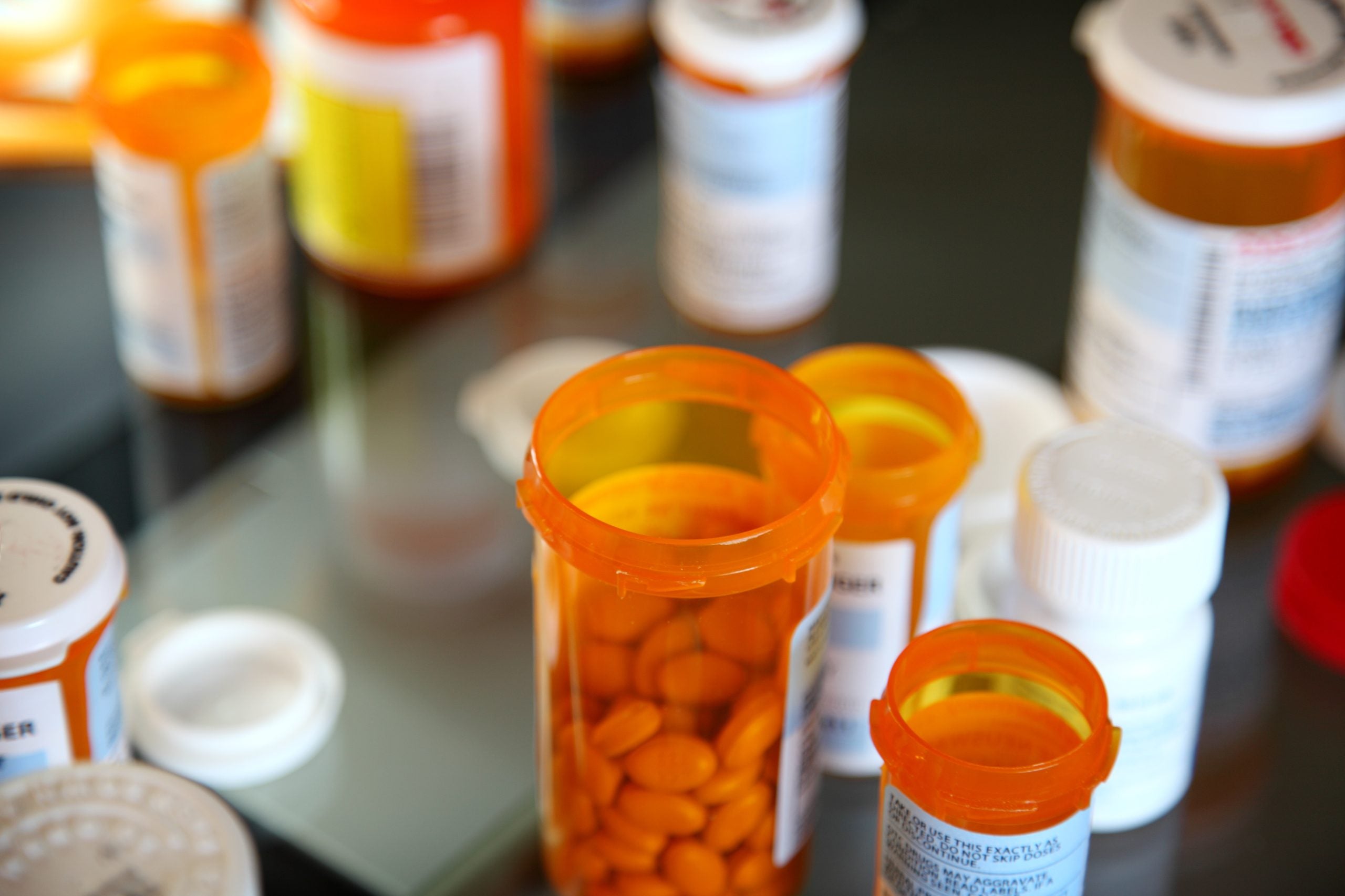
On Tuesday, the Centers for Disease Control and Prevention (CDC) released their findings after analyzing drug overdose deaths based on age, race, and income factors.
According to the report, overdose rates rose 44 percent in 2020 for Black people and 39 percent for American Indian and Alaska Native people, compared to 22 percent for white people.
This data demonstrates that Black people died from overdoses at a rate of more than twice the number of whites during the pandemic, “as deadly synthetic opioids flooded the nation and access to treatment remained elusive for millions of Americans.”
The study’s authors have indicated that “the deaths were driven largely by illicitly produced fentanyl, with some triggered by the combination of other drugs with the opioids, such as methamphetamine and cocaine.”
This issue is disproportionately affecting Black Americans at different stages of life. Black youth aged 15 to 24 saw an 86 percent increase in overdose deaths, the largest spike of any age or race group. Black men 65 and older were nearly seven times more likely to die from an overdose than white men.”
In a briefing, CDC acting principal deputy director Debra Houry said, “Racism — a root cause of health disparities — continues to be a serious public health risk that directly affects the wellbeing of millions of Americans, and as a result, affects the health of our entire nation.”
Dr. Edwin Chapman, a physician and addiction treatment specialist based in Washington, D.C., spoke with PBS on this issue, stating that “the pandemic really is acting as a barometer for our overall health care system. We can see these structural and public policy issues that have gone for centuries, in fact, coming to the forefront. And they’re exacerbated by housing issues, transportation issues.”
Chapman continued the ideal solution to this disturbing trend: “80 percent of the outcomes are related to things outside of the doctor’s office, outside of the hospital…We need to have advocacy in the community, legal support to oversee to make sure that patients are getting the type of treatment that they need…we need to integrate substance abuse, mental health and primary care services because these patients have the same issues as everyone else.”
Unfortunately, in terms of receiving treatment for deadly addiction, as the lead author of the report Mbabazi Kariisa, who also is a health scientist within the CDC’s Division of Overdose Prevention, said, “Just because there’s the availability of services doesn’t mean that those services are actually accessible,” given the limited options many face with regard to insurance and transportation.
